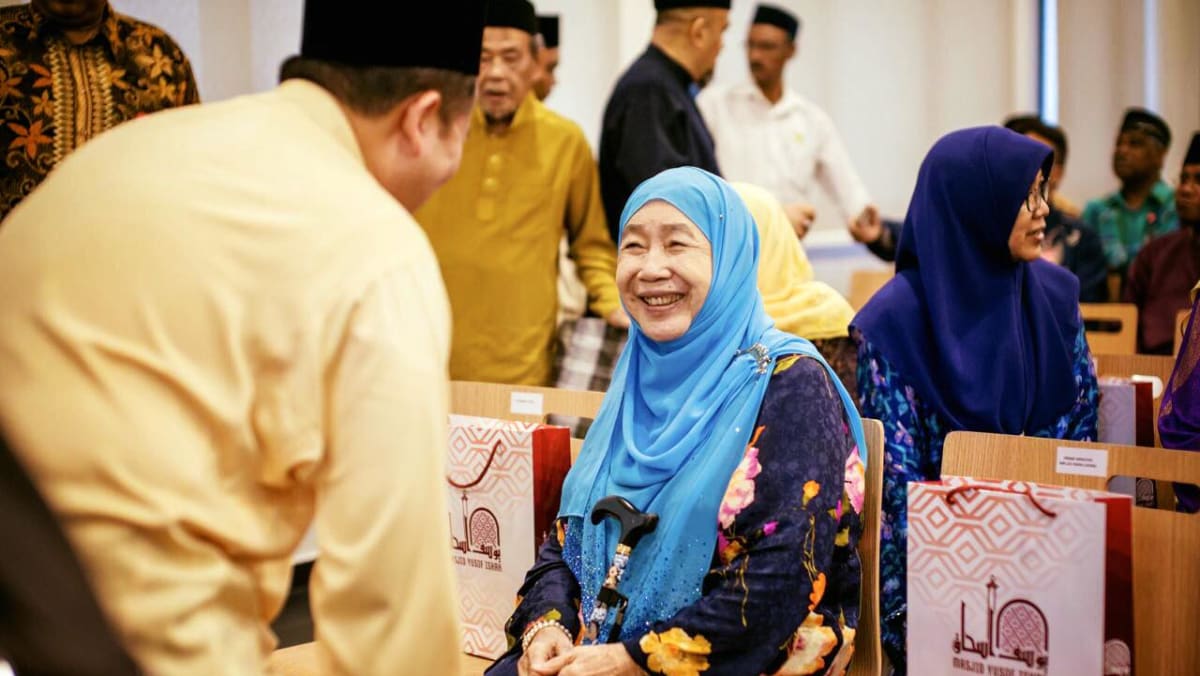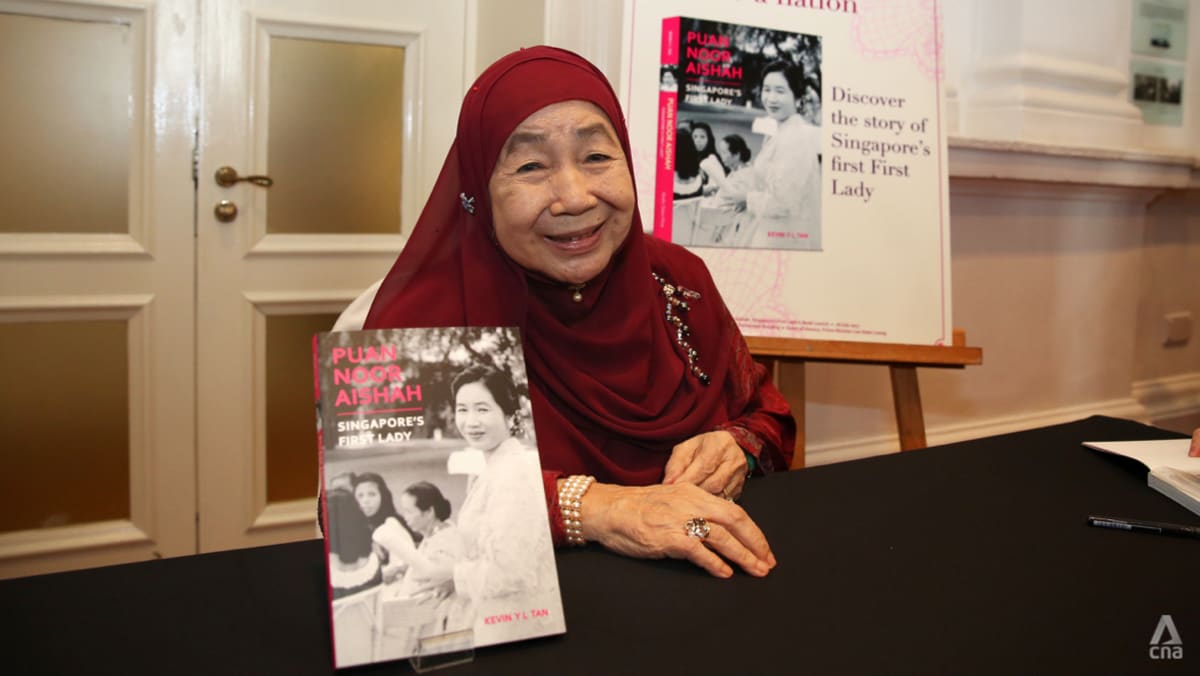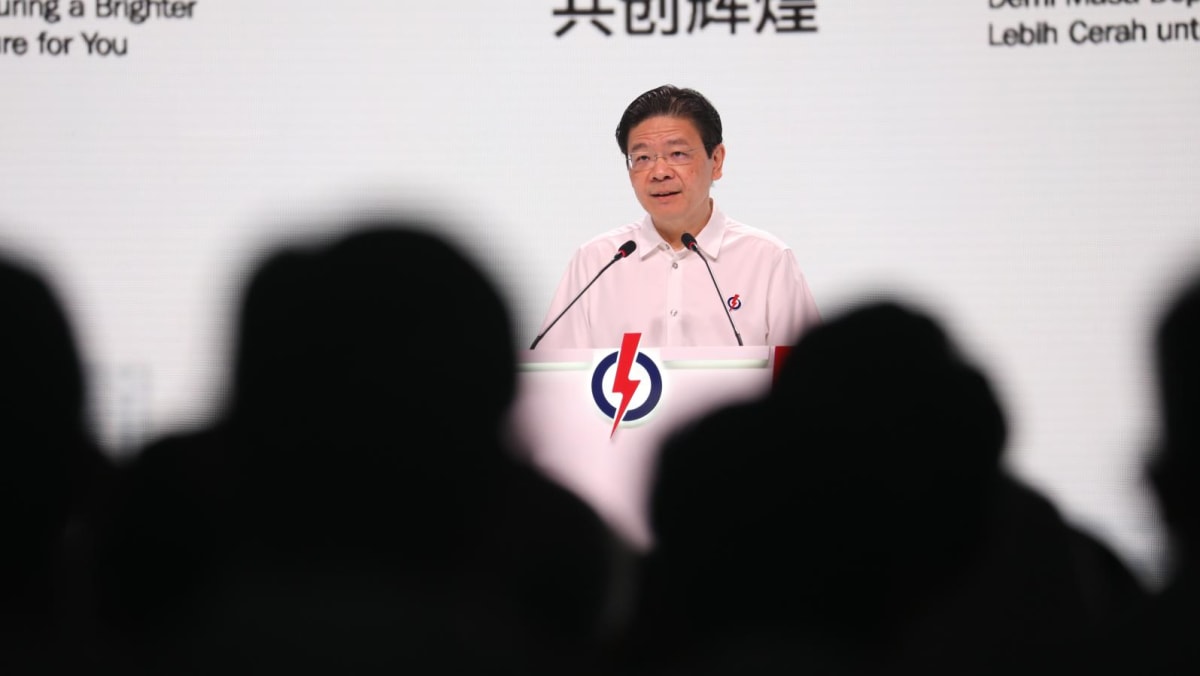Walking through the grounds of the World Expo 2025 in Osaka, Japan, one can’t help but notice an intriguing pavilion with a Kumiko-inspired facade, standing prominently beside the Japan pavilion.
This lattice-like structure houses the Women’s Pavilion, crafted by French luxury house Cartier in collaboration with the Japan Association for the 2025 World Exposition and the Japanese government, including the Ministry of Economy, Trade and Industry, and the Gender Equality Bureau Cabinet Office.
This powerful space conveys the message that “when women thrive, humanity thrives”. It unites impactful architecture with a curated collection of stories, vital data, and transformative dialogue, aiming to drive global change for gender equality and spotlighting the important role of women in shaping a better tomorrow.
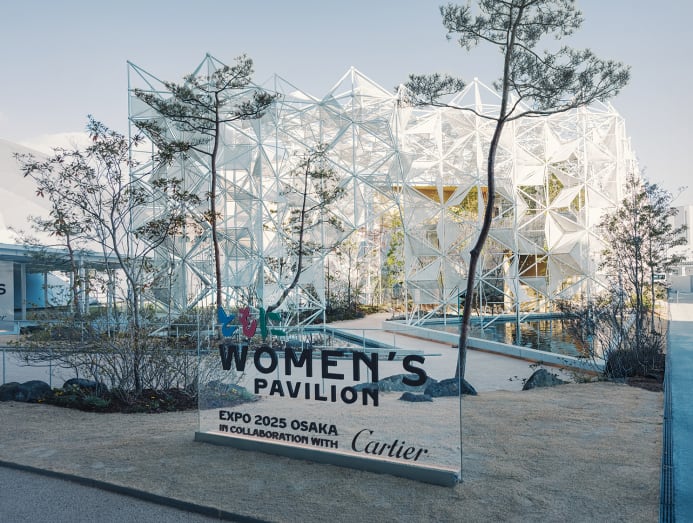 The Women's Pavilion features a Kumiko-inspired facade designed by Japanese architect Yuko Nagayama. (Photo: Cartier)
The Women's Pavilion features a Kumiko-inspired facade designed by Japanese architect Yuko Nagayama. (Photo: Cartier)
Women’s empowerment is a core pillar of Cartier’s corporate social responsibility efforts. In 2006, the maison launched the Cartier Women’s Initiative, which supports and champions women impact entrepreneurs.
“At Cartier, women have always been a source of endless inspiration and a cornerstone of the maison’s creativity and values. For this reason, Cartier has been fully committed to supporting women empowerment through several long-lasting initiatives,” said Cyrille Vigneron, Cartier’s former CEO and current chairman of culture and philanthropy, in an email interview with CNA Luxury.
“From the Cartier Women’s Initiative to Cartier Philanthropy, the maison champions women changemakers, who are catalyst for social progress, helping them to scale their efforts, thrive in their pursuits and pave the way for generations to come," Vigneron added.
The Women’s Pavilion in Osaka is the second of its kind and runs till Oct 13. The first Women’s Pavilion was presented by Cartier at Expo 2020 in Dubai.
“The World Expo, as a powerful global platform, provides Cartier with a unique opportunity to share its commitment to women’s empowerment. Over the six months of the Expo, millions of visitors will come to Osaka and experience the Women’s Pavilion and hopefully carry its message far beyond the Expo itself,” Vigneron commented.
AN ARCHITECTURAL MARVEL
The pavilion is designed by Japanese architect Yuko Nagayama. In a nod to sustainability, its Kumiko-inspired facade is repurposed from the Japan Pavilion at Expo 2020 Dubai. The structure honours traditional Japanese craftsmanship, incorporating over 7,000 individual components, each carefully hand-assembled without the use of a single nail or hammer.
The facade will be given a third life after the Osaka Expo. It will be reused as the main stage structure of the Green Expo in Yokohama in 2027.
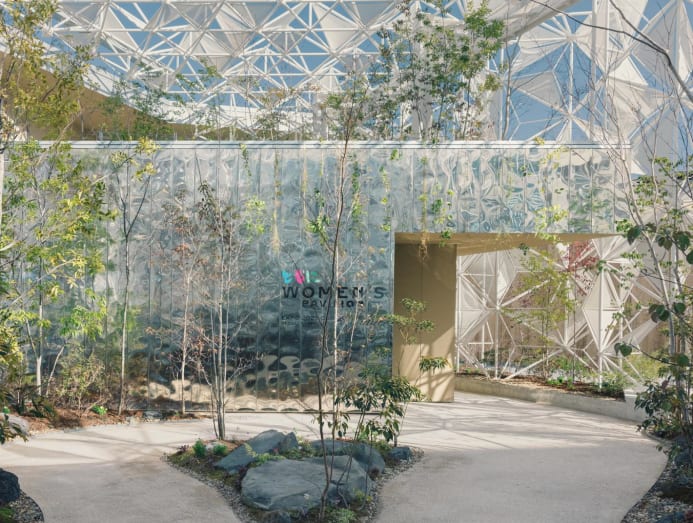 The entrance garden. (Photo: Cartier)
The entrance garden. (Photo: Cartier)
As the Women’s Pavilion is situated on a narrow lot, Nagayama drew inspiration from the traditional “machiya” townhouses of Kyoto, known for their depth and integration with nature. She translated this by interspersing the space with greenery through the incorporation of gardens and courtyards within, creating serene spaces that offer respite and invite contemplation.
Embracing the principles of the circular economy, the pavilion’s gardens feature trees temporarily relocated from the mountains around Osaka. In a poetic gesture, they will be returned to their natural habitat following the conclusion of the Expo.
AN IMMERSIVE EXHIBITION
Inside the pavilion, visitors are invited to go on an immersive, multi-sensory journey led by an audio guide. The experience is curated by Es Devlin, an acclaimed contemporary artist and the pavilion’s global artistic lead.
Arriving through the entrance garden, guests are first invited to say their name into a mirror, a simple yet profound gesture that is meant to allow them to add their own voice to the pavilion.
 In a room titled Your Name, guests are invited to say their names into a mirror. (Photo: Cartier)
In a room titled Your Name, guests are invited to say their names into a mirror. (Photo: Cartier)
The doors then open into the next room, where visitors will watch a short film created by Devlin and film director Naomi Kawase. The film shares the story of three women from three different continents – Emtithal Mahmoud, a Sudanese American poet, activist and scientist, renowned Japanese author Banana Yoshimoto, and Xiye Bastida, a Mexican climate activist.
At the end of the sequence, the film splits to form three oval apertures, and through the audio guide, guests are called by their name to enter one of them, where they will follow the stories of one of the three women. (To discover the stories of the other women, guests will have to re-enter the pavilion).
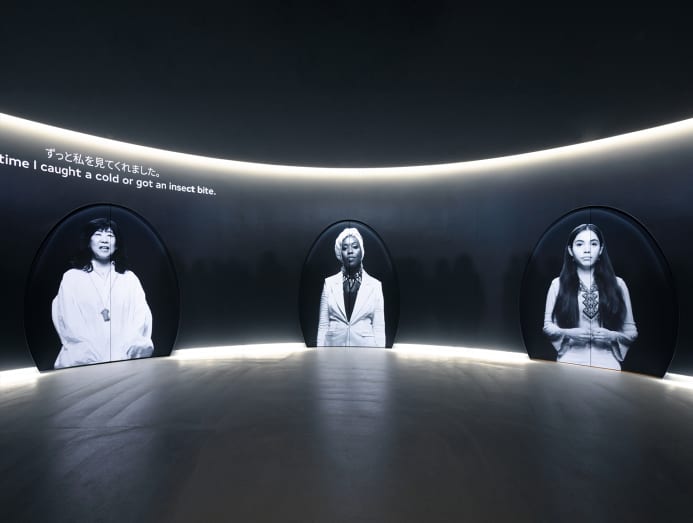 Within the exhibition, guests are invited to discover the stories of three women from three continents. (Photo: Cartier)
Within the exhibition, guests are invited to discover the stories of three women from three continents. (Photo: Cartier)
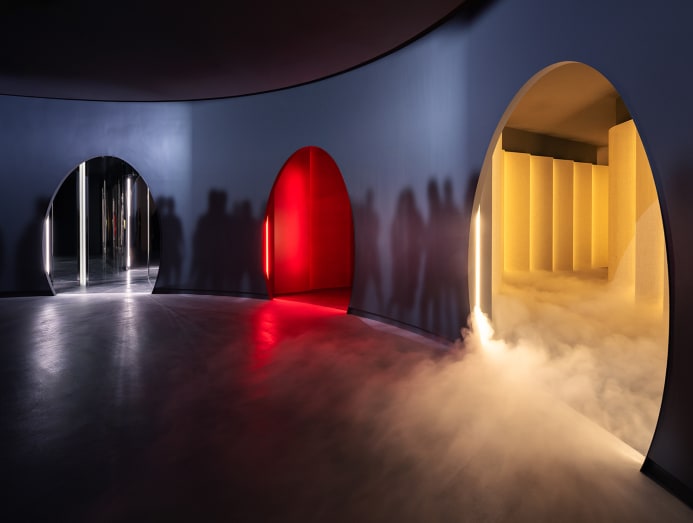 Guests are invited by their name to follow one of three pathways. (Photo: Cartier)
Guests are invited by their name to follow one of three pathways. (Photo: Cartier)
Each path culminates at the "Ma" room, which in Japanese means a pause or an interval. Here, guests are invited to take a moment for reflection. Light penetrates the space through an oval aperture onto a dark oval table, whose surface is made of water scattered with black pebbles.
The journey continues on to the Puzzle Box, a series of spaces that unfold like a Japanese puzzle box. This space presents facts and data in relation to gender equality across the globe, gathered by UN Women and the Gender Snapshot 2024. It’s a sobering perspective on both the progress of gender equality and the challenges still to come. For example, climate change is further exacerbating inequality, with projections showing that by 2050, up to 158 million more women and girls could be pushed into extreme poverty.
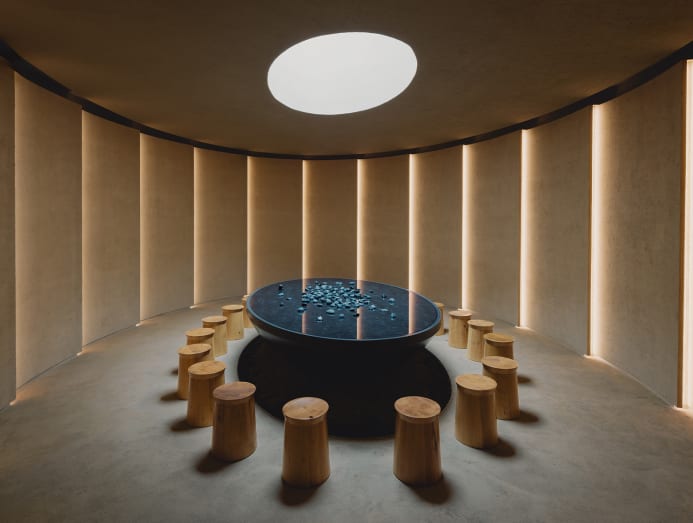 The Ma room encourages a moment of reflection. (Photo: Cartier)
The Ma room encourages a moment of reflection. (Photo: Cartier)
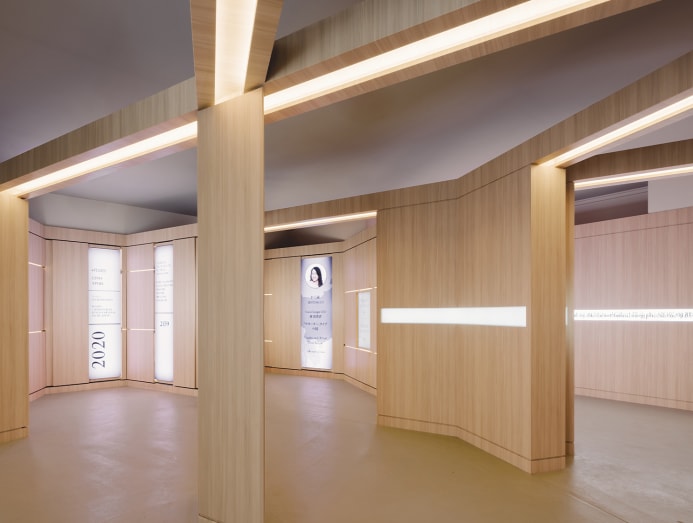 The Puzzle Box presents facts and data in relation to gender equality across the globe. (Photo: Cartier)
The Puzzle Box presents facts and data in relation to gender equality across the globe. (Photo: Cartier)
The experience ends with a room titled Your Hand, which showcases the voices of multiple activists who are working towards improving the lives of women globally.
These include Emma Hosoi, a 14-year-old social entrepreneur from Japan raising awareness on marine conservation and biodiversity; Shani Dhanda, a social entrepreneur and disability advocate from the UK; Xintong Du, the founder of an affordable speech therapy platform from China; Anastasia Yeva Domani, a transgender rights activist from Ukraine; Tetsuko Kuroyanagi, a renowned Japanese actress, author and UNICEF Goodwill Ambassador, and more.
Each activists holds an oval aperture, and guests are invited to place their hand within each opening to receive a personal message from the activist, with words projected in light onto their hand.
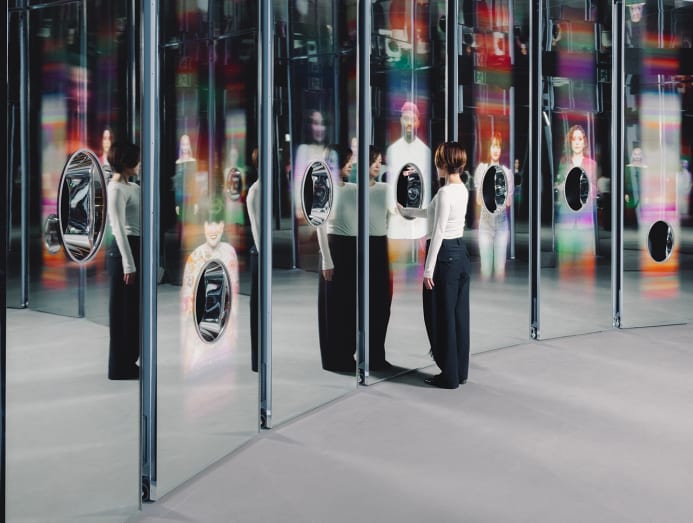 In the Your Hand room, visitors receive a personal message from various activists with light projected on their hand. (Photo: Cartier)
In the Your Hand room, visitors receive a personal message from various activists with light projected on their hand. (Photo: Cartier)
A SPACE FOR DIALOGUE
Walking up the stairs to the second floor, guests will discover an artistic exploration curated by French actress and filmmaker Melanie Laurent. Laurent collaborated with Japanese artist Hiro Chiba to create Whispers on Leaves, a series of works that combine digital photography with Chiba’s unique chlorograph technique, which infuses images with chlorophyll. Leaning into one of the artworks, guests will hear a soundscape composed by Laurent.
At the sculpture garden, Laurent created a VR experience that reimagines Shakespeare’s Ophelia as a modern figure of resilience and empowerment.
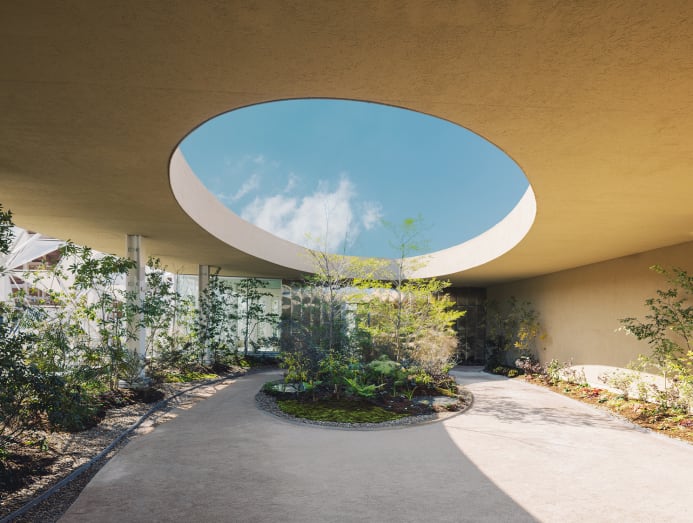 The sculpture garden. (Photo: Cartier)
The sculpture garden. (Photo: Cartier)
The Women’s Pavilion is “more than a physical structure”, said Vigneron. It also “serves as a hub for dialogue and inspiration”.
Reflecting this vision, the second floor of the pavilion features the WA (Japanese for harmony or peace) space, which will bring together international leaders, visionaries and experts for conversations and panel discussions on key global challenges around six themes – Mother Nature, Business & Technology, Education & Policy, Arts & Culture, Philanthropy, and Roles & Identities.
The dialogues are open to public and visitors are encouraged to attend and participate by registering on the Women’s Pavilion’s website. Vigneron emphasises that the dialogue sessions aim to “inspire action and remind visitors that everyone has a role to play in driving positive change”.
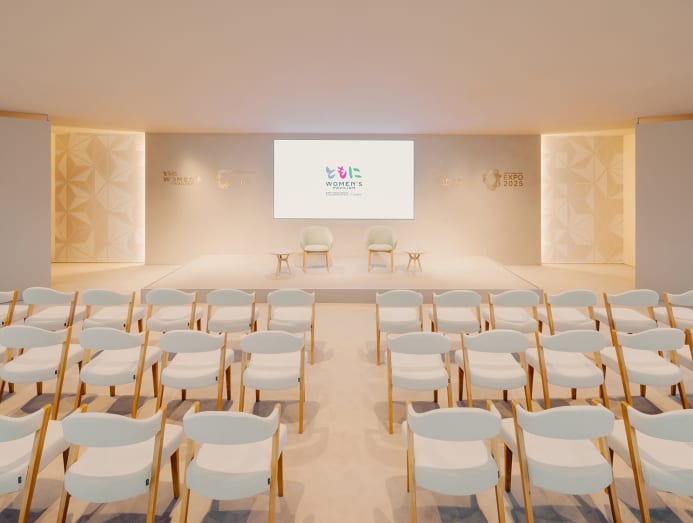 The WA Space will bring together international leaders, visionaries and experts for conversations and panel discussions on key global challenges. (Photo: Cartier)
The WA Space will bring together international leaders, visionaries and experts for conversations and panel discussions on key global challenges. (Photo: Cartier)
A COLLABORATIVE VISION
The Women’s Pavilion was officially inaugurated with an opening ceremony held on May 21 at the Expo Hall with speeches and keynote addresses by Vigneron, June Miyachi, president and CEO of Cartier Japan, Her Imperial Highness Princess Takamado of Japan, Her Excellency Reem Al Hashimy, Minister of State for International Cooperation and CEO of Expo City Dubai Authority of the UAE and more.
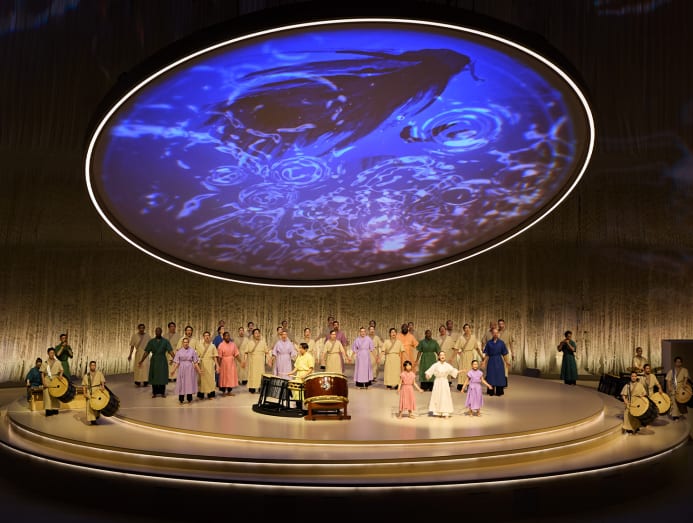 Folk singer Anna Sato, Wadaiko drummers, youth soloists and international and Japanese choirs perform an original composition titled The Flower of the Human Heart. (Photo: Cartier)
Folk singer Anna Sato, Wadaiko drummers, youth soloists and international and Japanese choirs perform an original composition titled The Flower of the Human Heart. (Photo: Cartier)
Performances included a poetry recitation by JJ Bola, a writer, poet and UNHCR Goodwill Ambassador. The ceremony culminated in a moving performance that brought together folk singer Anna Sato, Wadaiko drummers, two youth soloists and international and Japanese choirs. They performed an original composition titled The Flower of the Human Heart, which expressed a call for resilience, unity and transformation.
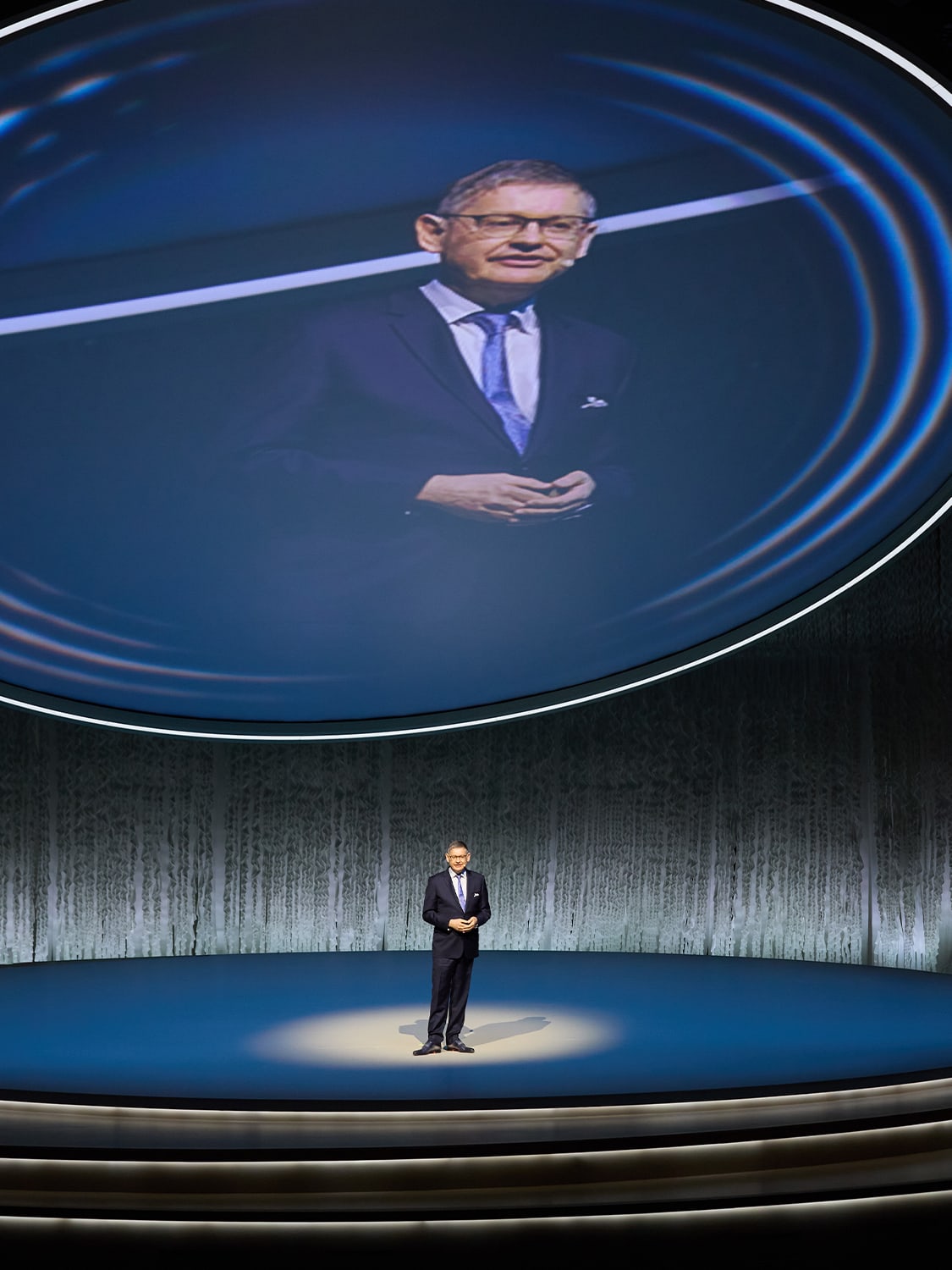 Cyrille Vigneron, chairman of Cartier culture and philanthropy, at the opening ceremony of the Women's Pavilion. (Photo: Cartier)
Cyrille Vigneron, chairman of Cartier culture and philanthropy, at the opening ceremony of the Women's Pavilion. (Photo: Cartier)
The performance embodied Cartier’s collaborative spirit in advancing its social and philanthropic causes. When asked how Cartier is doing things differently from other luxury brands in driving positive change, Vigneron shared: “In an era where luxury brands hold significant influence, Cartier recognises its responsibility to spark actions in driving change. What sets the maison apart is its unwavering belief in the power of collaboration.”
“By partnering with like-minded stakeholders who share its values, the maison actively works to address pressing global challenges and contribute to a more inclusive, durable future, one that resonates with generations to come,” Vigneron continued.
The Women's Pavilion in collaboration with Cartier is now open till Oct 13. Guests can register for the dialogue sessions happening at the WA Space on the Women's Pavilion website here.








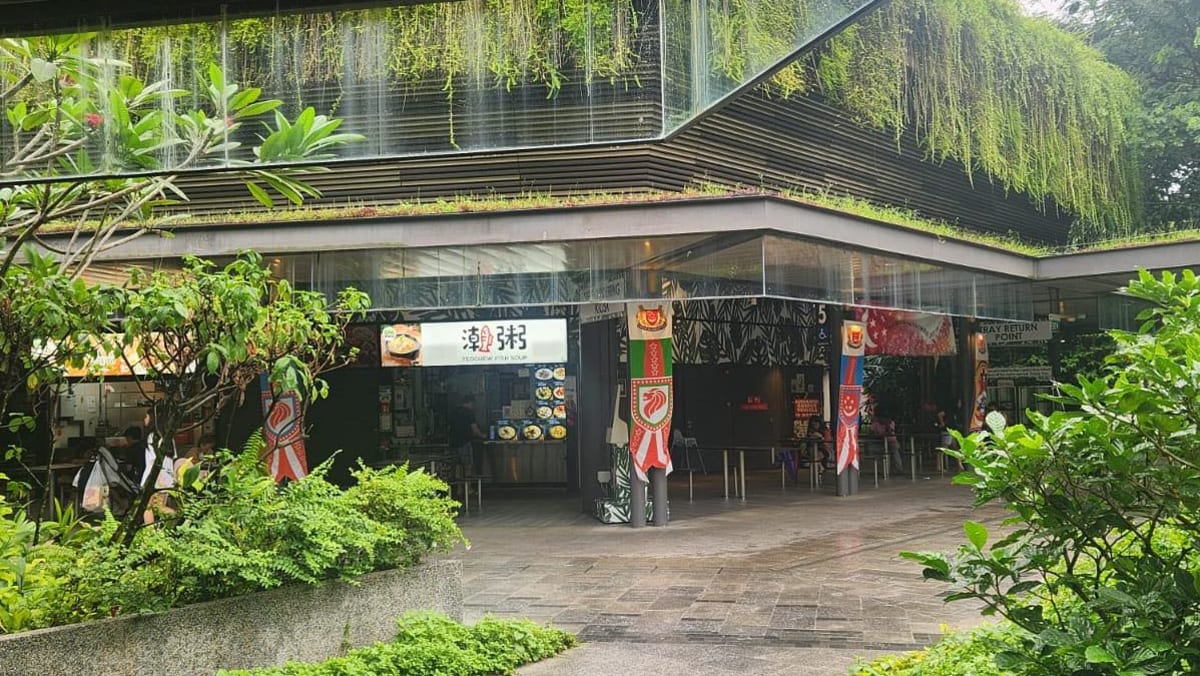










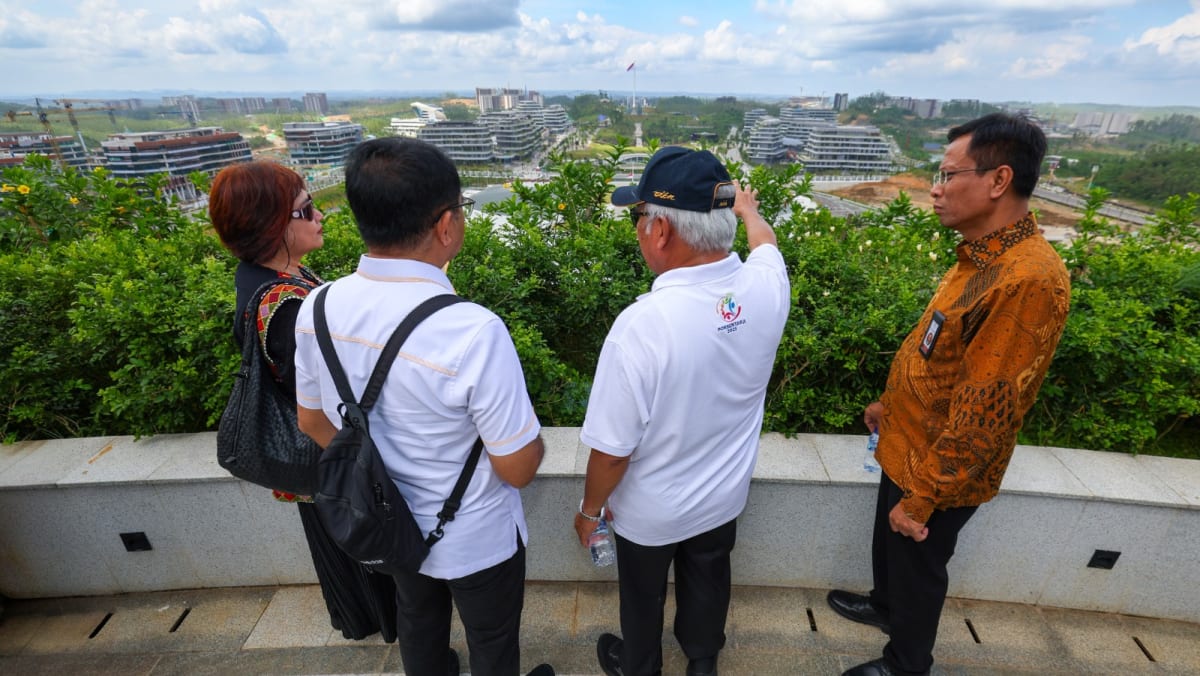














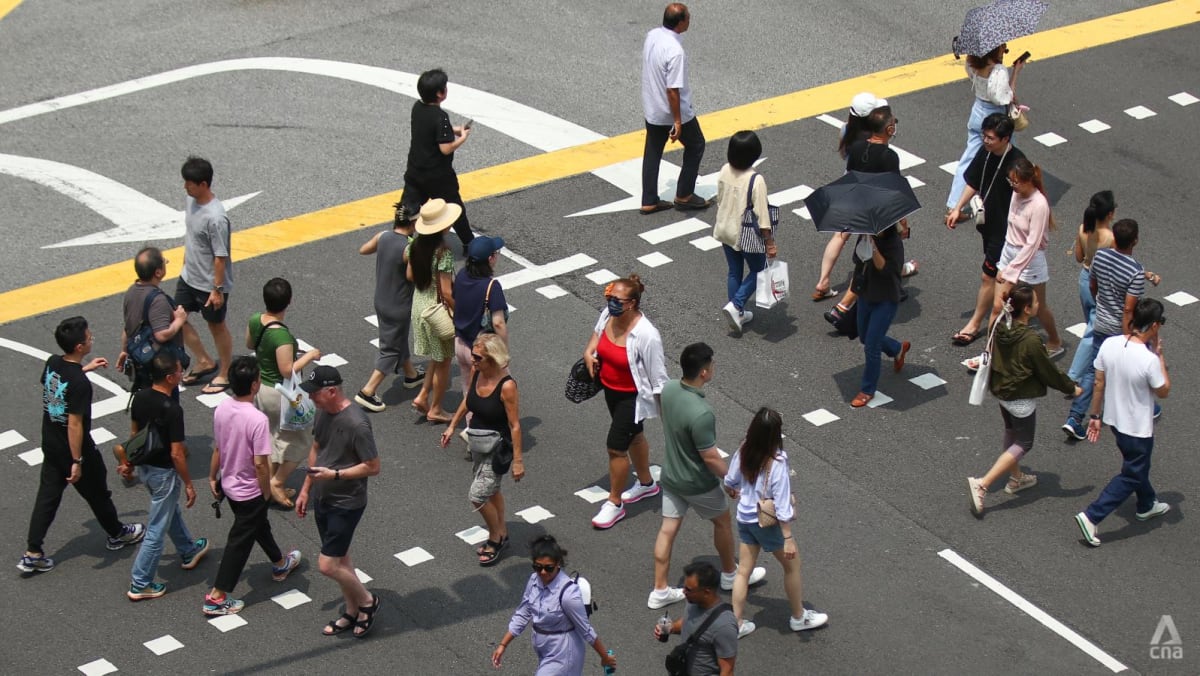
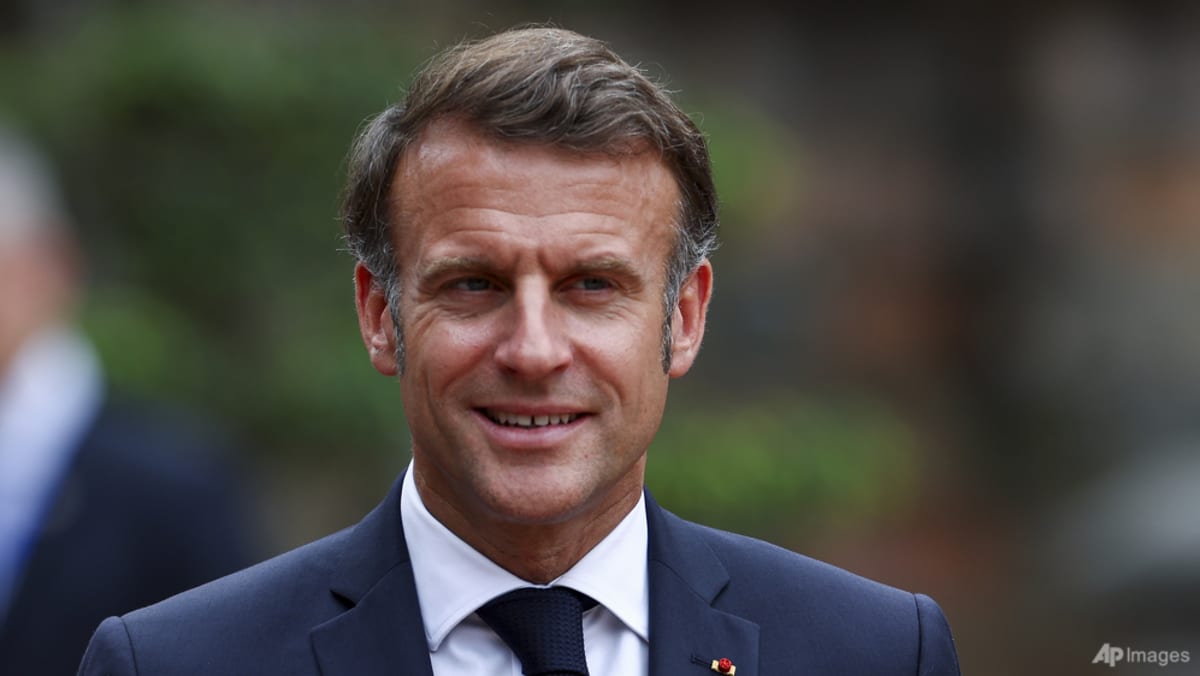

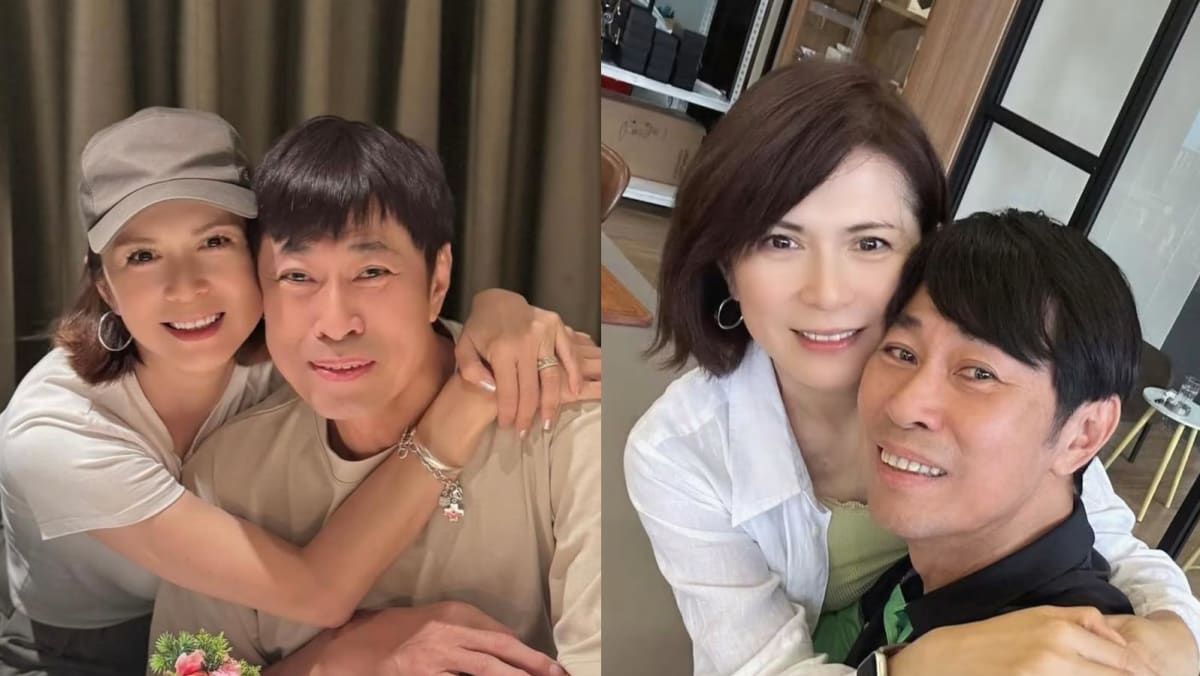







.png?itok=erLSagvf)
